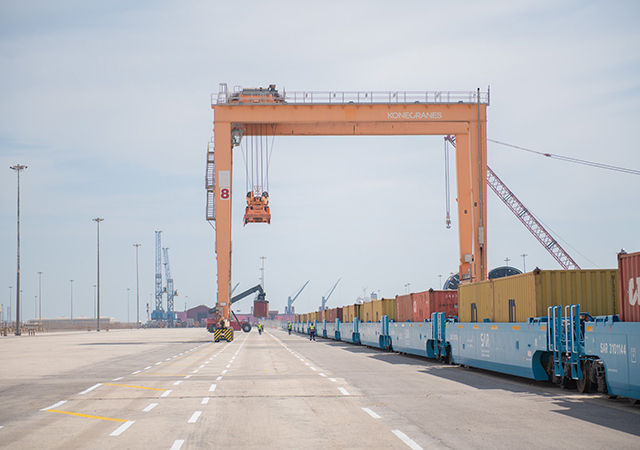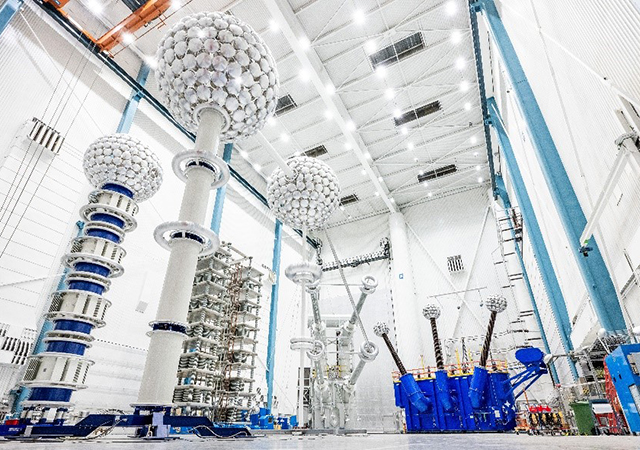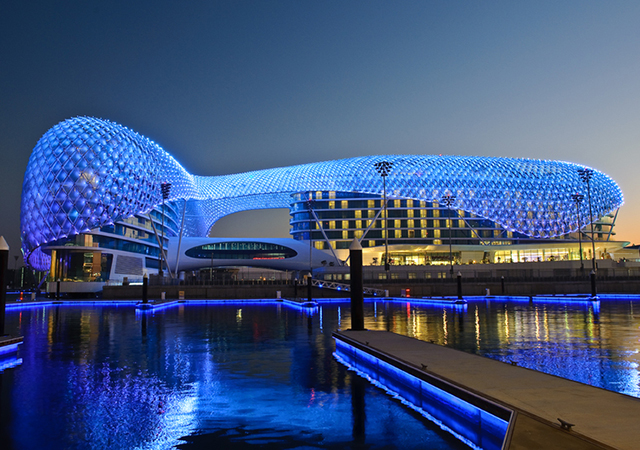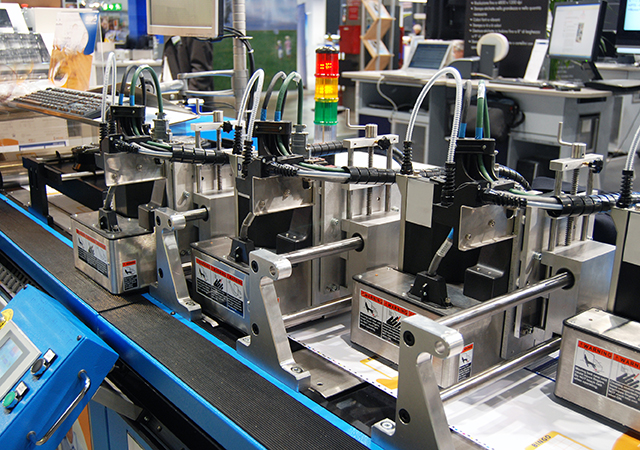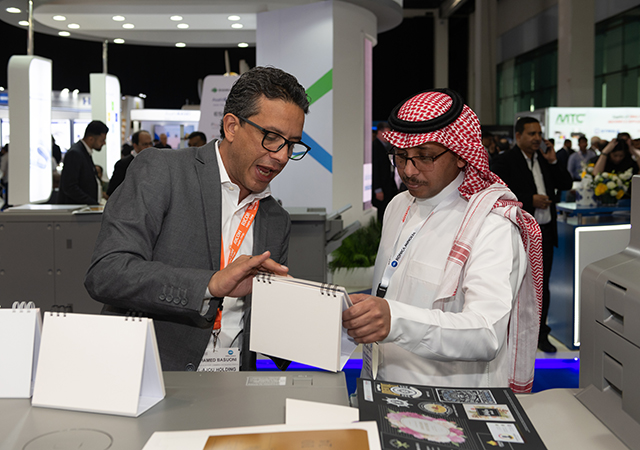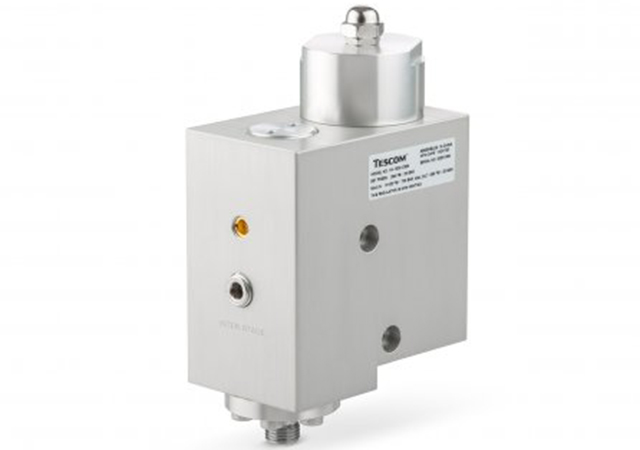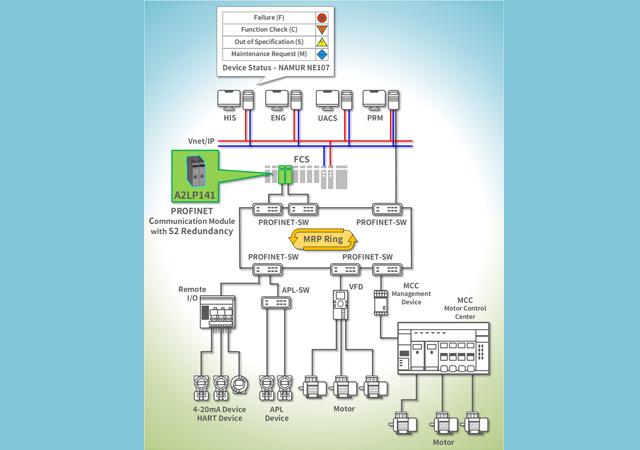
 The infrastructure boom has fuelled demand for cement
The infrastructure boom has fuelled demand for cement
Oman’s largest cement company has come out with a strong performance in the first three quarters of 2008, achieving a net profit that was an increase of 32.7 per cent over the same period in the previous year.
Raysut Cement Company (RCC), whose production facilities are in the south of Oman, reported a net profit of RO26.13 million ($67.9 million) and sales of RO65.6 million for the January-September period.
The sales figure was up 51.3 per cent over that of the same period in 2007.
For the whole of 2007, the net profit had been RO30.12 million against RO20.65 million in 2006.
RCC has a production capacity of 3 million tonnes annually of products including ordinary Portland cement, high sulphate resistant cement and oil well Class G cement.
As well as its facilities in southern Oman, RCC operates two cement-receiving terminals in Yemen’s east and south.
The company has been in production since the early 1980s and employs nearly 600 people in Oman and Yemen.
It counts 1,500 customers in the oil well exploration and construction industries in the Middle East, Asia and Africa. It highlights that its products are being supplied to many major infrastructure projects.
According to RCC, domestic consumption of cement has risen from 2.7 million tonnes in 2006 to 3.2 million tonnes in 2007, an increase of around 19 per cent over the previous year. The trend has continued into the first half of 2008 and is expected to continue, reaching 3.9 million tonnes by the end of 2008 at a growth rate of around 21 per cent.
RCC drew attention to the Omani government’s “aggressive” investment plans which it said had triggered several mega construction projects, especially in real estate and tourism, for the 7th Five-Year National Development Plan that started in 2007. It said the value of these projects was in excess of $70 billion and in line with the rest of the GCC countries where investment in projects of $2.4 trillion was in the pipeline for the next five years or so.
RCC produced 2 million tonnes of cement in 2007 as against 1.81 million tonnes in the previous year, an increase of 11 per cent. Clinker production rose to 1.9 million tonnes against 1.6 million tonnes, an increase of 20.3 per cent.
During the first half of 2008, 1.2 million tonnes of cement and 1.1 million tonnes of clinker were produced, thereby achieving a growth rate of 27 per cent and 25.5 per cent respectively against the corresponding period of 2007.
According to the company, it dispatched consignments in 2007 amounting to 2.2 million tonnes against 1.8 million tonnes in the previous year – up 18 per cent. This trend continued into the first half of 2008, with total dispatches reaching 1.4 million tonnes at a growth rate of 35 per cent. Sales were expected to reach 2.8 million tonnes for the whole of 2008 and 3.1 million tonnes in 2009.
Domestic market
Sales of cement in Oman were 1.28 million tonnes during 2007 as compared to 777,000 tonnes in the previous year, an increase of 65.3 per cent. In first-half 2008, domestic sales of cement and clinker amounted to a little over a million tonnes at a growth rate of 94 per cent against the corresponding period of 2007.
Export Markets
RCC’s export volume was 940,844 tonnes of cement during 2007 as against 1.1 million tonnes in the previous year, a decrease of 15.2 per cent on account of higher domestic demand. This trend continued during the first half of 2008, with exports declining at 25 per cent to 383,879 tonnes.
The higher demand for RCC products in the regional market resulted in a 12.2 per cent improvement in export prices during 2007. This grew to 17.5 per cent in the first half of 2008.
The terminals in Yemen strengthened its position in East African markets including Somalia and Zanzibar.



